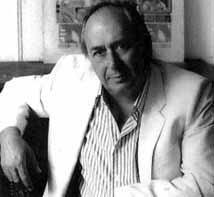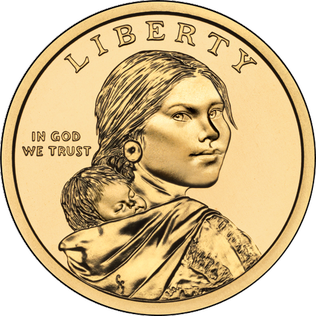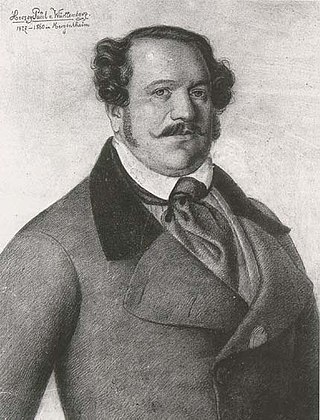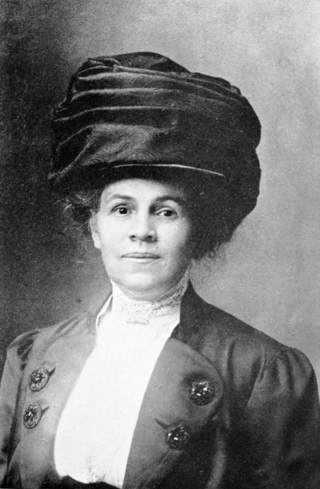Related Research Articles

James Graham Ballard was an English novelist and short story writer, satirist and essayist known for psychologically provocative works of fiction that explore the relations between human psychology, technology, sex and mass media. Ballard first became associated with New Wave science fiction for post-apocalyptic novels such as The Drowned World (1962), but later courted political controversy with the short-story collection The Atrocity Exhibition (1970), which includes the story "Why I Want to Fuck Ronald Reagan" (1968) and the novel Crash (1973), a story about car-crash fetishists.

Toussaint Charbonneau was a French Canadian explorer, fur trapper and merchant who is best known for his role in the Lewis and Clark Expedition as the husband of Sacagawea.

Jean Baptiste Charbonneau, sometimes known in childhood as Pompey or Little Pomp, was a Lemhi Shoshone-French Canadian explorer, guide, fur trapper, trader, military scout during the Mexican–American War, alcalde (mayor) of Mission San Luis Rey de Francia and a gold digger and hotel operator in Northern California. His mother was Sacagawea, a Shoshone who worked as a guide and interpreter for the Lewis and Clark Expedition. Charbonneau spoke French and English and learned German and Spanish during his six years in Europe from 1823 to 1829. He spoke Shoshone and other western Native American languages, which he picked up during his years of trapping and guiding.
Danner is an unincorporated community located in Malheur County, Oregon, United States. It lies along Danner Road off U.S. Route 95 west of Jordan Valley. Jordan Creek flows by Danner.

The Sacagawea dollar is a United States dollar coin introduced in 2000, but subsequently minted only for niche circulation from 2002 onward. The coin generally failed to meet consumer and business demands. It is still generally accepted in circulation.

Pompeys Pillar National Monument is a rock formation located in south central Montana, United States. Designated a national monument on January 17, 2001, and managed by the U.S. Bureau of Land Management in conjunction with The Friends of Pompeys Pillar, it consists of only 51 acres (21 ha), making it one of the smallest National Monuments in the U.S. The community of Pompeys Pillar lies just east of the monument.

Charbonneau is a private planned community within the city limits of Wilsonville in Clackamas County, Oregon, United States. It is on the opposite side the Willamette River from the main area of the city. The development was named for Jean Baptiste Charbonneau, the son of Sacagawea.
The term mixed-blood in the United States and Canada has historically been described as people of multiracial backgrounds, in particular mixed European and Native American ancestry. Today, the term is often seen as pejorative.

Duke Friedrich Paul Wilhelm of Württemberg was a member of the House of Württemberg and a Duke of Württemberg. Paul Wilhelm was a German naturalist and explorer, who in the early 19th century, undertook several expeditions in North America, North Africa, and Australia. In 1829, he discovered the sources of the Missouri River.
Secret Ravine is a perennial tributary of Miners Ravine which shortly thereafter runs into Dry Creek in Placer County, California. Its course lies within the cities of Rocklin, Loomis, and Roseville, as well as unincorporated parts of Placer County. It passes through the campus of Sierra College. Over its entire length the creek runs near the Interstate 80 freeway. It is an area becoming increasingly suburbanized. It was the site of placer mining operations during the California Gold Rush, and areas of tailings remain to this day. Later the drainage was a locale for granite quarrying.

Sacagawea was a Lemhi Shoshone woman who, in her teens, helped the Lewis and Clark Expedition in achieving their chartered mission objectives by exploring the Louisiana Territory. Sacagawea traveled with the expedition thousands of miles from North Dakota to the Pacific Ocean, helping to establish cultural contacts with Native American people and contributing to the expedition's knowledge of natural history in different regions.
The first Fort Lisa (1810-1812), also known as the Fort Manuel Lisa Trading Post, Fort Manuel or Fort Mandan, was started by the notable fur trader Manuel Lisa of the Missouri Fur Company in 1809. This fort was likely where Sacagawea died; she had been the guide for the Lewis and Clark Expedition. Fort Lisa superseded Fort Raymond as the uppermost post of the Missouri Fur Company on the Missouri River. In 1812 Lisa built a replacement fort downriver near present-day North Omaha, Nebraska, which he also named Fort Lisa.

Eva Emery Dye was an American writer, historian, and prominent member of the women's suffrage movement. As the author of several historical novels, fictional yet thoroughly researched, she is credited with "romanticizing the historic West, turning it into a poetic epic of expanding civilization." Her best known work, The Conquest: The True Story of Lewis & Clark (1902), is notable for being the first to present Sacagawea as a historically significant character in her own right.

Thaddeus Edward Carhart is an American writer. He is the author of bestseller The Piano Shop on the Left Bank, a memoir of his experiences with pianos and his time spent in a Parisian piano atelier. His book Across the Endless River is a historical novel about Jean-Baptiste Charbonneau, the son of Sacagawea, and his intriguing sojourn as a young man in 1820s Europe.
Events from the year 1805 in the United States.

The Lewis and Clark Exposition Gold dollar is a commemorative coin that was struck in 1904 and 1905 as part of the United States government's participation in the Lewis and Clark Centennial Exposition, held in the latter year in Portland, Oregon. Designed by United States Bureau of the Mint Chief Engraver Charles E. Barber, the coin did not sell well and less than a tenth of the authorized mintage of 250,000 was issued.

Olivier Charbonneau was a frontiersman who lived in Old Montreal in New France.

Sacajawea and Jean-Baptiste is a bronze sculpture of Sacagawea and Jean Baptiste Charbonneau by American artist Alice Cooper, located in Washington Park in Portland, Oregon, in the United States.

The Name of the World is a novel by Denis Johnson published in 2000 by HarperCollins.
References
- 1 2 "Museum of Human Beings by Colin Sargent". Publishers Weekly . 255 (35): 36. 1 September 2008. Archived from the original on 1 December 2022. Retrieved 1 December 2022.
- ↑ Goad, Meredith (December 21, 2008). "Sacagawea's Son". The Maine Sunday Telegram. pp. 31–32. Retrieved June 20, 2023.
- ↑ "Museum of Human Beings". mcbooks.com. Mcbooks Press. Archived from the original on 1 December 2022. Retrieved 1 December 2022.
- ↑ Ballard, Melody (1 December 2008). "Sargent, Colin. Museum of Human Beings". Library Journal . Vol. 133, no. 20.
From the beginning to the novel's spellbinding conclusion, playwright and poet Sargent allows us an intimate glimpse into what could have been the heart of Jean-Baptiste. This memorable novel will captivate all who read it. Highly recommended for all public library historical fiction collections.
- ↑ "Regional Fiction". The Denver Post. 2008-11-27. Retrieved 2023-06-20.
- ↑ Barry, William (November 16, 2008). "Maine author's novel gives fresh slant on young America". Portland Press Herald. pp. 39–40. Retrieved June 20, 2023.
- ↑ Rose, Julie K. "Museum of Human Beings". Historical Novel Society. Retrieved June 20, 2023.